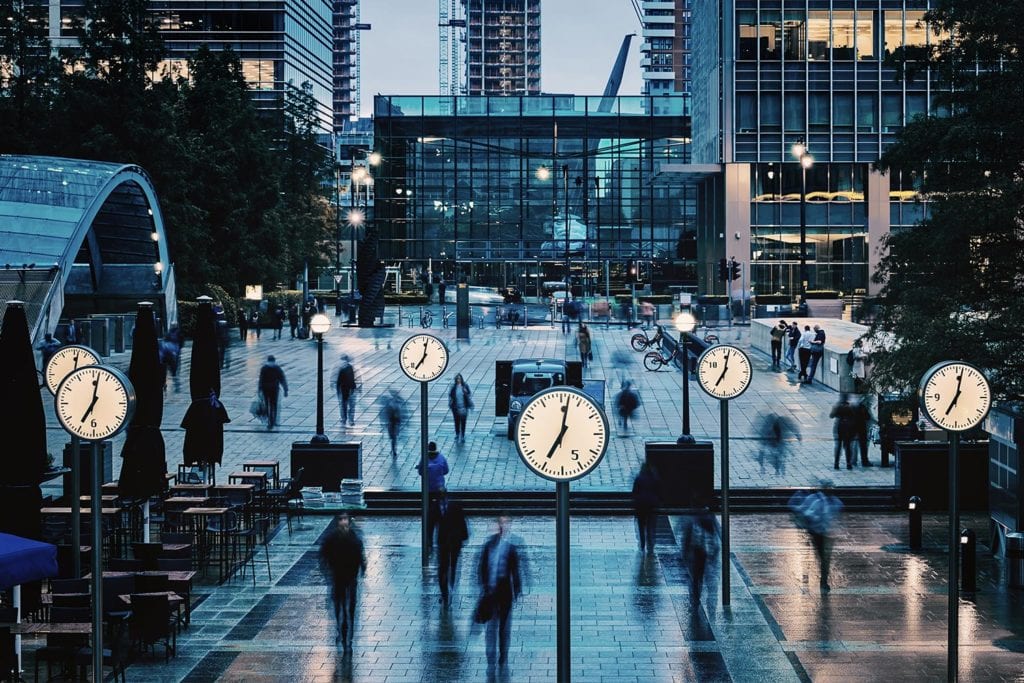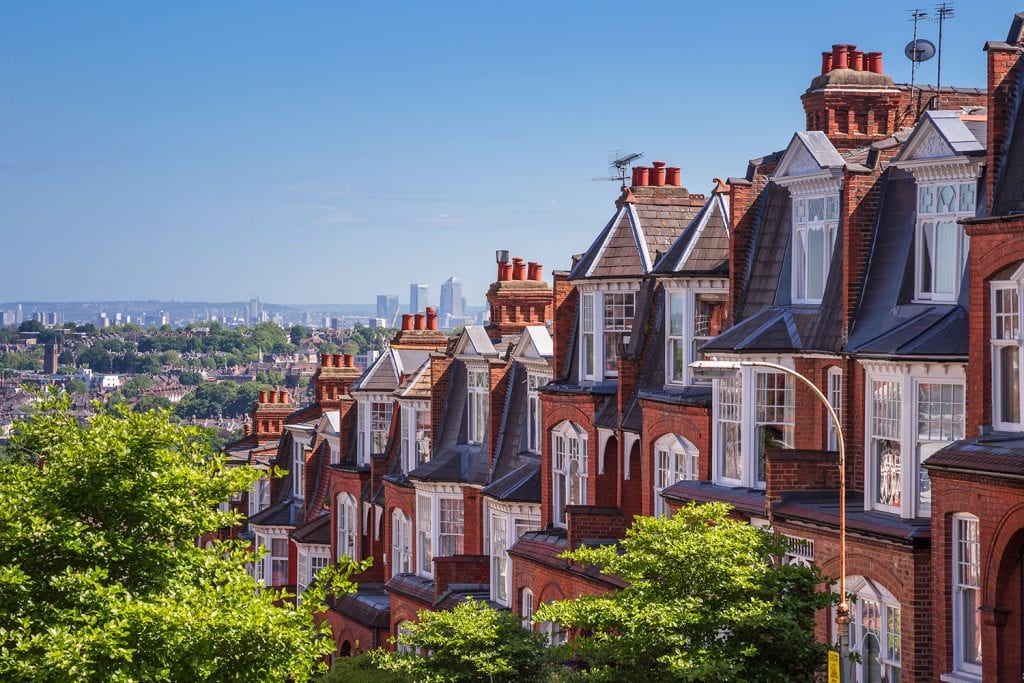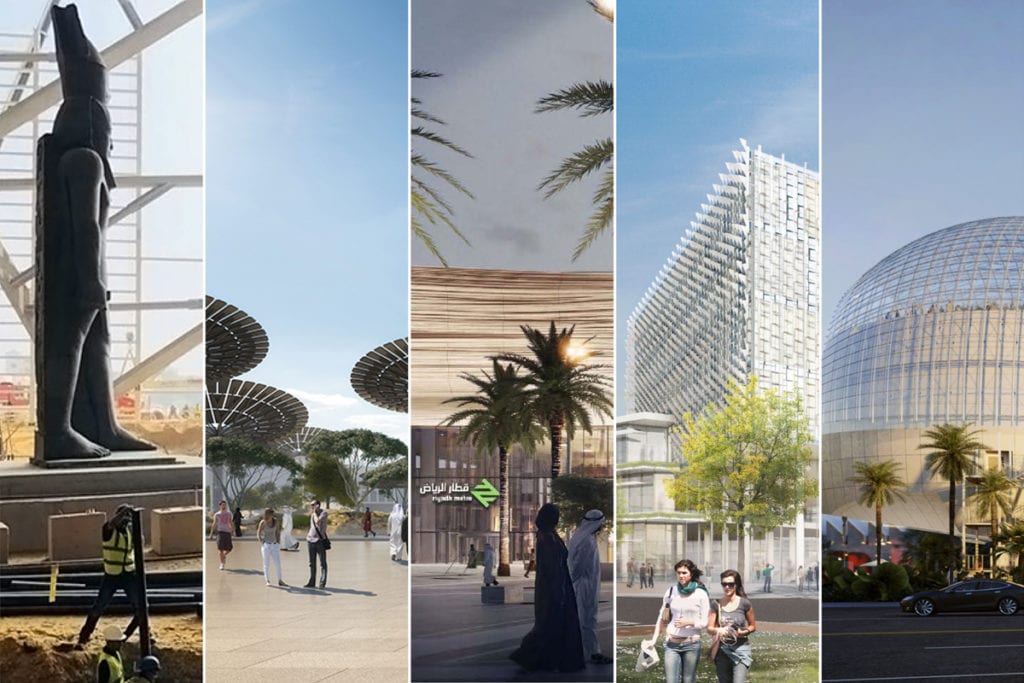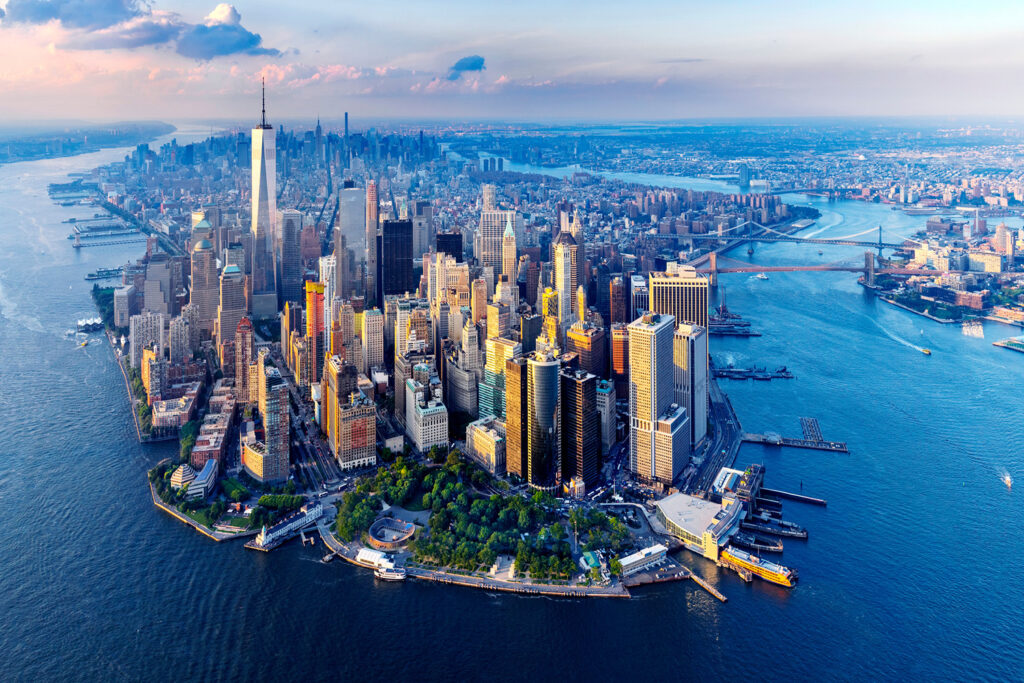A look forward for London 2020
As we enter a new decade, what do we think the key issues are for London in 2020?
With media focus on the recent General Election in the UK, the impeachment process in the US, and renewed nuclear threats from Iran and North Korea, there is the risk that our much-anticipated annual predictions for London 2020 will be overlooked.
Will global headlines continue to reference significant events promoted in this great city? Or will the newly elected Conservative Government use its strengthened mandate to usher-in a period that is more settled and predictable?

2019 reflections
As per usual, we will reflect on what we thought would transpire in 2019. We questioned the validity of the ‘big bang’ of the grand project and suggested that, for most great cities, changes are subtler and more evolutionary. It thus proves difficult to identify single events that might have a sudden impact on our day-to-day lives.
Exceptions of course have included the 2012 Olympic Games and, before that, Congestion Charging. We fully expect that the opening of Crossrail to transform movement within and through Central London – but that is now unlikely to take place before 2021. 2019 became a year of ‘what nearly happened’. Crossrail was scheduled to be completed this past year but was then postponed.
After three years of stultifying debate, Brexit was finally going to be delivered by the end of October, however, negotiations have extended until the end of January. The great Tottenham Hotspurs caught us all unawares and promised to bring the ‘glory days’ back to North London, only to fall at the final hurdle. At least this last effort was mollified by the completion and opening of (arguably) the best stadium in Europe.
So, what can we look forward to in 2020? Will this coming year herald a ‘Roaring Twenties’ for the 21st Century or should we be prepared to settle for gentle and general programme of change?
Here are our five key themes to contemplate:
Infrastructure
The performance of underpinning infrastructure is always important for the economies of cities, and London is no exception. The delay in delivering Crossrail is having an unseen impact on some sectors and businesses, particularly in West and East London. Equally, the challenges relating to a series of interconnected infrastructure programmes in west London – HS2, Heathrow expansion, Old Oak Common regeneration as well as Crossrail – are creating uncertainty in the short and medium term.
With the focus now firmly on exiting Europe in early 2020, the Government will be conscious of the benefits of investing in infrastructure; both from the short-term construction boost and the long-term benefits that can flow from well-considered development programmes. However, with a declared intent of promoting a one-nation approach, it is to be expected that the majority of public investment will be distributed outside of the London metropolitan area.
This will include a renewed push for improved broadband, especially in rural areas, and for some of the Northern Powerhouse initiatives. The Oxford-Cambridge corridor may also rise in importance as an opportunity to create more zones of influence beyond the gravitational influences of the capital. The best that London can hope for is that the Oakervee Review provides a clear direction for the future of HS2. Unfortunately, it seems that the ongoing saga of Heathrow and London’s aviation capacity is likely to take a few more years to resolve itself.
Housing
The perennial issue of housing has featured in every one of our forward-look pieces, and this year is no different. New housing cannot be brought forward fast enough to meet demand and it has created a difficult environment for both living and working in London. At the lower end of the market, housing prices continue to be pushed higher by this unsatisfied demand. At the upper-end of the market, whilst the values of some property have seen significant reductions, because of the uncertainty created by Brexit, the resilience and governance structures in place ensure that the London continues to be regarded as a safe place to invest in real estate assets.
Already, there are reports of a renewed interest in property at the top end of the market, driven, one suspects, by speculators taking a view that, with the uncertainly of Brexit removed, London will benefit from an investment ‘bounce’. The result of this warped market is that key workers and those on reduced income find it harder and harder to live within striking distance of the employment demand that tends to be focused around key nodes in Central London.
It means longer commutes from outer London boroughs, placing more strain on the city’s public transport services. the growth corridors emanating from the node of the Olympic Park at Stratford, the Thames Gateway heading east, and the Lee Valley heading north offer the best potential for housing, but the transport links towards the key employment areas need reinforcement.
Perhaps the new Government will take greater interest in some of the studies undertaken by Buro Happold in the past including promotion of low-level bridge crossings in East London and the opportunity for sensitive development of the greenbelt alongside existing transport corridors to help to solve this major challenge?
Health and Wellbeing
Our third key theme references the growing focus on health and wellbeing. We noted last year that the Ultra-Low Emission Zones (ULEZ) was being implemented in Central London with little fanfare. This will be extended in 2021 as far as the North and South Circulars. Couple this with the slow but steady growth in electric vehicles (EVs) and perhaps London will soon be viewed as one of the global cities taking the lead in terms of improved air quality.
Another initiative that took place in 2019 and which did not achieve the headline it warranted was London’s delivery of the world’s first National Park City. As the official blurb describes it – “A place to explore. A movement to join. A vision to share.”
Many other cities in the UK and Europe are copying the model helping to shine a much-needed light onto the crucial role our landscape and environment plays in urban areas. It is perhaps one of the key reasons behind the ongoing success of the Queen Elizabeth Park transformation and development in East London. We see these initiatives helping to improve the quality of lives of Londoners and believe that it will be built upon throughout the next year and beyond.
Trade and Commerce
Our next topic is one that will be headlining in the media for at least the year beyond Britain’s step out of Europe, namely trade and commerce. Despite the threat of an exodus of the banks to Paris or Frankfurt, the predicted torrent has been (at least to date) more of a trickle. Whilst much attention has been given to the impact of Brexit on London’s financial sector, the creative industries arguably provide an equal level of economic growth in future years.
Both sectors rely heavily upon access to human capital and to routes to market. However, both are equally key elements of a global market place benefiting from advances in technology and with physical customs and trade borders rapidly becoming less important. Indeed, one might well argue (as does the OECD) that, in the world of digitalisation, old trade issues may have new consequences whilst new issues for trade policy are emerging, such as differing regulations among nations in relation to data flows. Will major trading ‘blocs’ be a benefit or a potential hindrance in an increasingly digitised future?
Perhaps by the end of the 20s we will know – but not by the end of 2020! However, one key areas of interest for London and many other cities in the UK is the need to rethink our high streets and shopping centres. This is something we referenced in our thought piece from last year and it is still relevant. Indeed, increased funding has been allocated for high streets across Britain to help in this area. It is to be questioned whether the ‘traditional’ high street will survive as by 2021, roughly 93 percent of UK internet users are expected to shop online, the highest online shopping penetration rate in Europe. A more radical solution is likely to be required. Will London lead the way?
Climate Crisis
Finally, and perhaps most importantly, the issue that is at long last grabbing attention and awakening both governments and the general public to the need for action. One could make the point that the climate crisis has been in gestation for far too long.
Rather like the fable of the boiling frog, the recognition of the human influence on climate change has been too slow in gaining the attention that it has needed. London, in common with many other waterfront cities, is vulnerable to rising sea levels. And, whilst changes in temperature and weather patterns are unlikely to create additional major threats to our specific environment, there is no doubt that the broader global impact will have huge repercussions.
We need to urgently rethink the entire urban lifestyle – from planning, design and construction (or refurbishment) to operations, movement and resource management. Our founder, Ted Happold, talked about the need to “tread the earth lightly” back in the 1980s.
As an influential engineering consultant, we have been at the vanguard of sustainable development for the past four decades. But we recognise the need to do more, to step into the harsh light of public scrutiny and to demand more of our clients and of ourselves, to continue to rethink and improve our approach to solving engineering challenges, to respond to the clarion call for action. You will hear a lot more of this from Buro Happold during the coming year and beyond.
In summary, the hope for this coming year is that governments at all levels, together with the private sector and wider public, begin to evolve some longer-term plans that put in place a route map for solving a number of difficult challenges that this great city of ours continues to face including the seemingly intractable threat of climate change.
This may all sound rather daunting. It will require collective courage and strength of purpose. It will need a change of mindset and behaviours. And, almost certainly, it will depend upon science, technology and engineering to evolve rapidly to promote improved models for urban living.
As Einstein observed, “No problem can be solved from the same level of consciousness that created it.”








